Barking and District Historical Society
Main menu
- Welcome
-
Latest News
- Next Talk
-
Chairman's Notes
- May 2016
- April 2016
- March 2016
- February 2016
- December 2015
- November 2015
- October 2015
- September 2015
- June 2015
- May 2015
- April 2015
- March 2015
- February 2015
- December 2014
- November 2014
- October 2014
- September 2014
- June 2014
- May 2014
- May 2014 AGM
- April 2014
- March 2014
- February 2014
- December 2013
- November 2013
- October 2013
- September 2013
- June 2013
- May 2013
- April 2013
- March 2013
- February 2013
- December 2012
- November 2012
- October 2012
- September 2012
- June 2012
- May 2012
- April 2012
- March 2012
- Notes & Queries
-
What's On
-
Programme
- Programme 2016/2017
- Programme 2015/2016
- Programme 2014/2015
- Programme 2013/2014
- Programme 2012/2013
- Programme 2011/2012
- Talks 2014/2015
- Talks 2015/2016
- Talks 2016/2017
- Events
-
Programme
-
The Society
- About BDHS
- Barking Visit 1935
- English Heritage Partner Award
- Membership
- History of Society
- 80th Anniversary Talk
- 80th Anniversary Display
- Officers
- First Members
- Constitution
- Contacts
- Chronology
- Newslettter Contents
- Chairman's Reports
- Accounts
- Equal Opportunities Statement
- AGM Reports
- Publications for Sale
-
Articles
- Reminiscences
-
Barking & Dagenham
- Austin's
- Barking Brewery
- Barking Sewage Works
- Barking Signal Box
- Christmas Memories
- Contrasts
- Coronation Memories
- Dagenham Town Show
- Movers Lane Estate
- Evacuees
- Hospital
- Our Borough's Rich Past
- Nepton Charity
- Some Barking Lives
- St.Margaret's Church
- Some VC Heroes
- What's beneath our feet?
- Tom White's Interviews
- Tuck Postcards
- Yorkshire Regiment
-
People
- A-D
- E-K
- L-R
- S-Z
- Food
- Sport
-
Vic's Memories of Barking
- Barking Cinemas
- Barking Park Annual Fair
- The Dilema of Immigration
- Driving
- Food Watching
- Great Smog
- A Musical Journey
- National Service
- Our Street
- The Pesci Story
- Schooling in Barking during the forties and fifties
- Theatre
- Time for Revival?
- A Town Hall Mystery
- Transport in Barking
- Trains
- A Wartime Childhood
- Wheels of Our Time
-
Pictures
-
Barking
- Barking A-D
- Barking E-K
- Barking L-R
- Barking S-Z
- Barking Park
-
Churches
- All Hallows by the Tower
- Dagenham Central Hall
- Roman Catholic Church
- St.Alban's Becontree
- St. Margaret's
- St. Mary's Becontree
- St. Patrick's
- St. Paul's Barking
- St. Thomas' Becontree
- St. Mary's Ilford
- Disasters
- Entertainment
- Eastbury House
- Outings
- Becontree
-
Chadwell Heath
- Chadwell Heath A-D
- Chadwell Heath E-K
- Chadwell Heath L-R
- Chadwell Heath S-Z
-
Dagenham
- Dagenham A-D
- Dagenham E-K
- Dagenham L-R
- Dagenham S-Z
- East Ham
- Ilford
- Members' Pictures
- Public Houses
- Valence
- Frank Tingey's Drawings
-
Barking
- Links
Transport in Barking
Transport in Barking
Vic Howard
Have you ever remarked, or heard somebody say, "All cars look the same nowadays"? Not surprising really, since there are so few manufacturers and different brands are often built around the same basic shell. It wasn’t always like that though, was it?
There were still plenty of horse drawn vehicles in use in Barking in the forties and fifties. All local deliveries were made by horse drawn cart: United Dairies had a horse that knew the route as well as the milkman himself. The greengrocer, the rag & bone man, the coalman all had horses; Barton’s baker delivered from an enclosed cart that looked like a small handsome cab, which the deliveryman had to draw himself. Imagine anyone doing that today. Even builders used a hand drawn cart, which usually had a pile of sand and a ladder on it, plus a bucket hanging from the back. The first ice-

coal delivery cart
&
Coalman
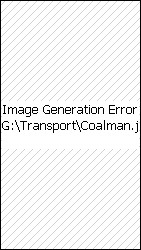
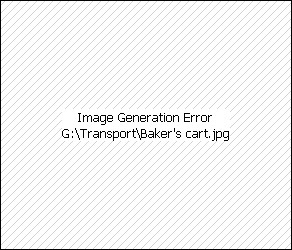
baker's cart
&
horse drawn milk float
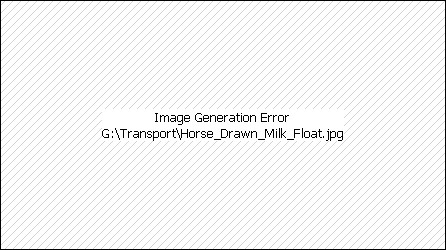
There was a small café at the top of our street and lorry drivers and deliverymen would sometimes leave their vehicles in our street while they had a cuppa. There was one enormous wooden cart that used to stand there. The wheels were very big and the horse was one of those magnificent animals with whiskers that hang around their feet like bells on a Morris dancer's legs. I think they are called Shires. The cart was so big and high that you could never see into it, but we had our suspicions. We thought it was used to cart away the muck that had been dredged out of the Maysbrook stream that ran parallel with the Arterial road, but we were never sure. What we did know was that it smelled, which is why it was known as the stink wagon.
It wasn’t just the horse drawn and hand drawn vehicles that varied so much. There was every kind of motorised vehicle as well, even coal fired and steam driven lorries and, of course, steam driven road rollers we called steamrollers. The war had effectively put a stop to car production and after the war nobody could buy a new car. The waiting list was very long. Not that people in our street could afford one. All car production went to export, so the cars that were on the road were all from a much earlier period, mainly the thirties and even some from the twenties.
We were not well off, but my dad bought his first car, an old 1920s Jowet, just before the war started. At the start of the war he put it into storage for safe keeping in Dean’s Garage on the corner of Gascoine Road and the A13. I never got to see that car or ride in it because Dean’s garage received a direct hit one night during the Blitz and that was the end of dad’s driving days for a while.
Buses were always a little boy’s fascination and I was no exception. Each route seemed to be allocated a particular model or age of bus and my mother could never understand how I knew the number of a bus even though I couldn’t see the front. I kept that secret to myself. The 23C that came from the Creekmouth was the oldest and my favourite. It had an open staircase that wound upwards around the back of the bus, a sort of throwback design to the horse drawn buses of a few decades earlier. Interestingly, there is a nod of recognition to that design in the latest version of the Routemaster, which has a glass window that winds around the back, just like the old open staircase used to do.

Trolleybus overhead wires

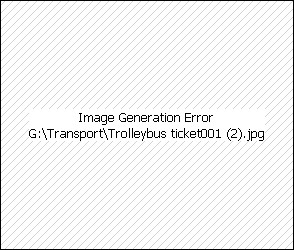
All buses had to pass Blake’s Corner where the inspectors always stood, with timetable in one hand and pencil in the other. They kept a very close eye on the clock and ran a tight schedule. Blake’s Corner was an important hub of the London Transport system. Trolley busses terminated at Barking and there was a complex system of overhead wires above the centre of the crossroads. Trolley bus conductors were obliged to collect a long pole and lift the two contact arms on the top of the bus from one set of wires to another as the bus turned the corner from London Road into East Street. Trolley busses were very comfortable to sit in and were very quiet, but drivers were notorious for accelerating too quickly. If you weren’t holding on to something you fell over. Old ladies with shopping bags were constantly complaining. When the conductor called out " Hold very tight please, ding, ding" you had to take it seriously.
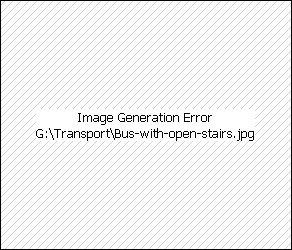
Barking was well served with public transport and trips to neighbouring East Ham or Ilford were common. Each town had its own specialities. For some reason, East Ham had more shoe shops than would be normal so that’s where you went for shoes. Ilford, on the other hand, was where you went for clothing or household goods. Of course both had their share of other shops and markets just as Barking had its furniture and shoe shops, but Barking was above all the place for food shopping. There were so many butchers, for example, that two were located side by side at the top of Ripple Road opposite the old library. One Christmas around 1967 my newly acquired wife, whom I had just brought back from Sweden, was amazed to find butchers standing outside each of these shops challenging passers-
Vic Howard
Sweden
2014